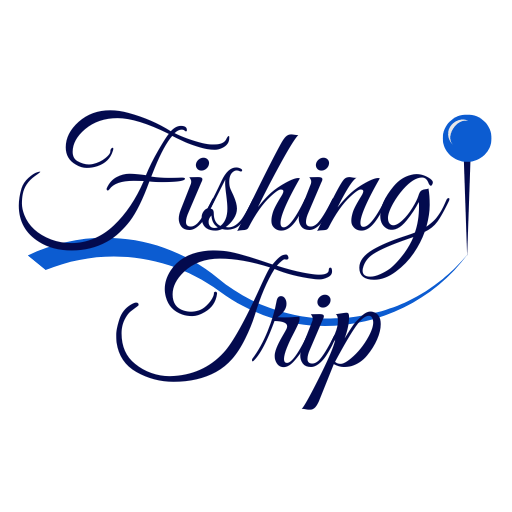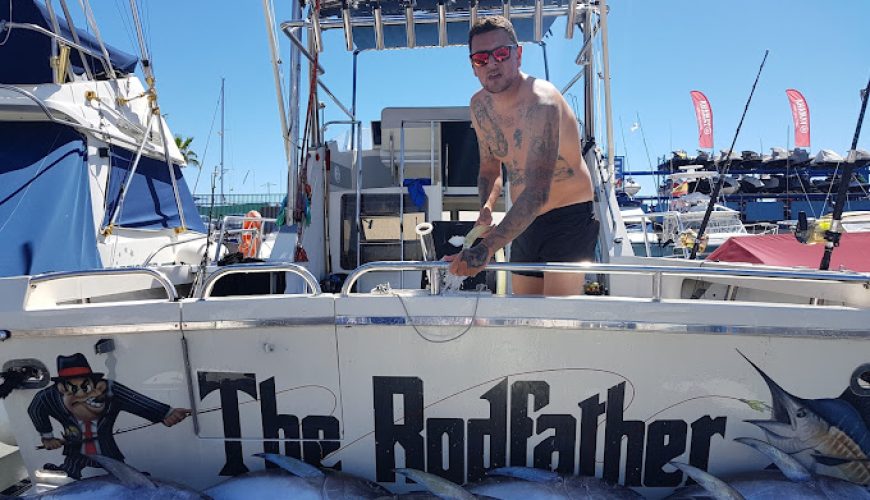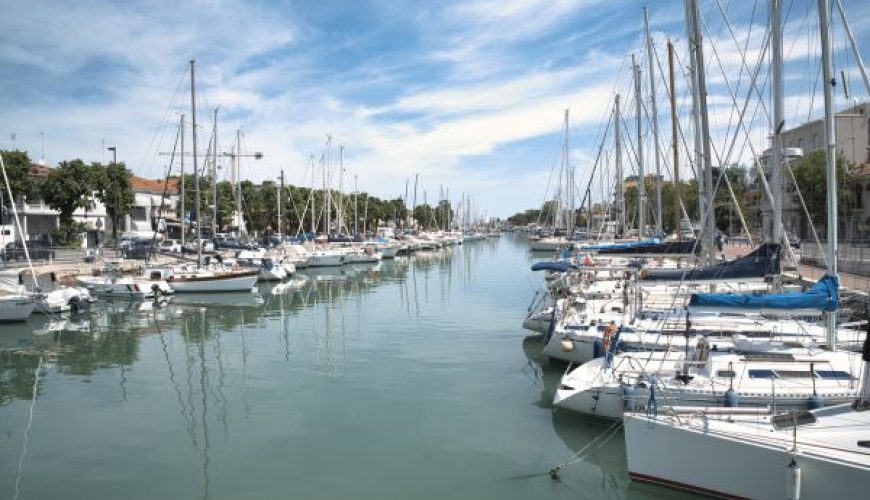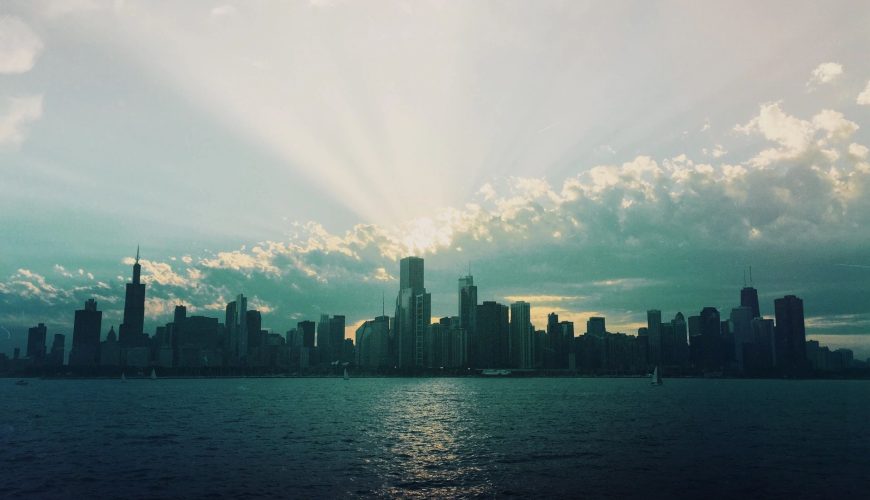Booking a fishing trip can be an exciting yet overwhelming experience. Here’s a step-by-step guide based on how I plan and book my fishing adventures, filled with essential tips and tricks for a successful outing.
Choosing the Right Destination
The first thing I do is decide where I want to fish. This depends on the type of fish I want to catch, the season, and the weather conditions. I spend time researching popular fishing destinations and reading reviews from other anglers. This helps me ensure I pick a spot that aligns with my preferences and skill level.
Researching Local Regulations
Once I’ve chosen a destination, I make sure to familiarize myself with the local fishing regulations. This includes understanding fishing seasons, catch limits, and any required licenses. I’ve learned the hard way that violating local regulations can result in fines or other penalties, so I always make sure to be well-informed and prepared.
Booking a Reliable Guide
To enhance my fishing experience, especially when I’m in an unfamiliar area, I hire a professional fishing guide. A good guide knows the best fishing spots, provides the necessary equipment, and offers valuable tips and techniques. I look for guides with positive reviews and a proven track record to ensure a great experience.
Preparing My Gear
Having the right gear is crucial for any fishing trip. I make sure I have rods, reels, lines, hooks, and bait suitable for the type of fish I’m targeting. When traveling by plane, I check airline regulations regarding the transport of fishing equipment and pack extra supplies in case of emergencies.
Planning Accommodations
Deciding where to stay is an important part of my planning. I choose between hotels, lodges, or rental properties near my fishing location. Some fishing destinations offer all-inclusive packages that include accommodations, meals, and guided fishing tours. I consider my budget and the level of comfort I desire when making my choice.
Packing Essentials
In addition to my fishing gear, I pack clothing appropriate for the weather, sunscreen, insect repellent, and a first-aid kit. I never forget important documents such as my fishing license, travel insurance, and identification. I also bring a waterproof bag to protect my belongings.
Learning About the Local Environment
To improve my chances of success, I research the local environment. This includes understanding the behavior of the fish species I’m targeting and the best times of day to fish. I also pay attention to local weather patterns and water conditions, as these can affect fish activity.
Staying Safe
Safety is a top priority on any fishing trip. I always wear a life jacket when on a boat and make sure I know how to swim. Staying hydrated is crucial, and I’m always aware of the signs of heat exhaustion or hypothermia, depending on the climate. I inform someone of my fishing plans and expected return time to ensure someone knows my whereabouts.
Respecting Nature
I practice catch and release if it’s recommended or required. I avoid leaving trash behind and am mindful of the local wildlife and ecosystem. Responsible fishing helps preserve the environment for future generations.
Enjoying the Experience
Finally, I remind myself to enjoy the fishing trip! I take in the beautiful scenery, relax, and savor the thrill of the catch. Whether I’m fishing alone or with friends and family, I make the most of my time on the water.
By following these steps, I’m able to book a memorable and successful fishing trip every time. Happy fishing!





0 Comment